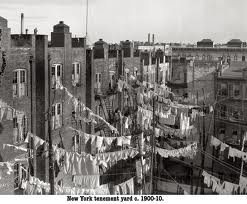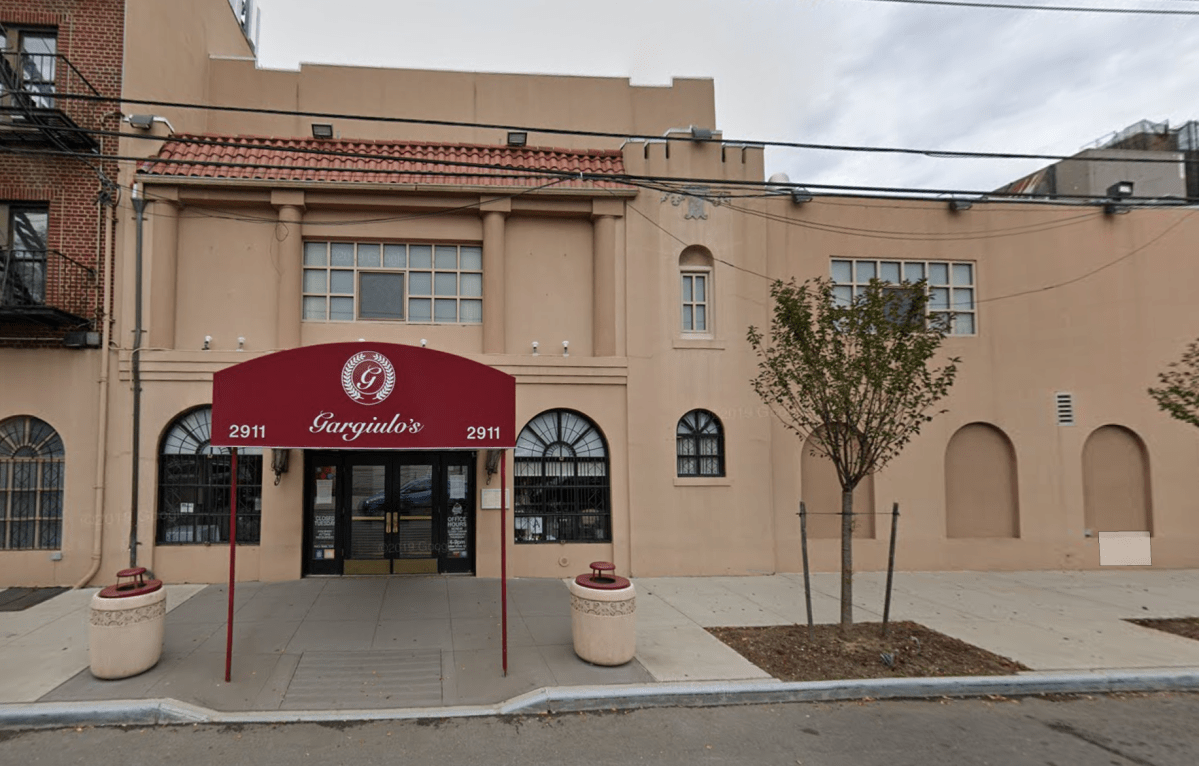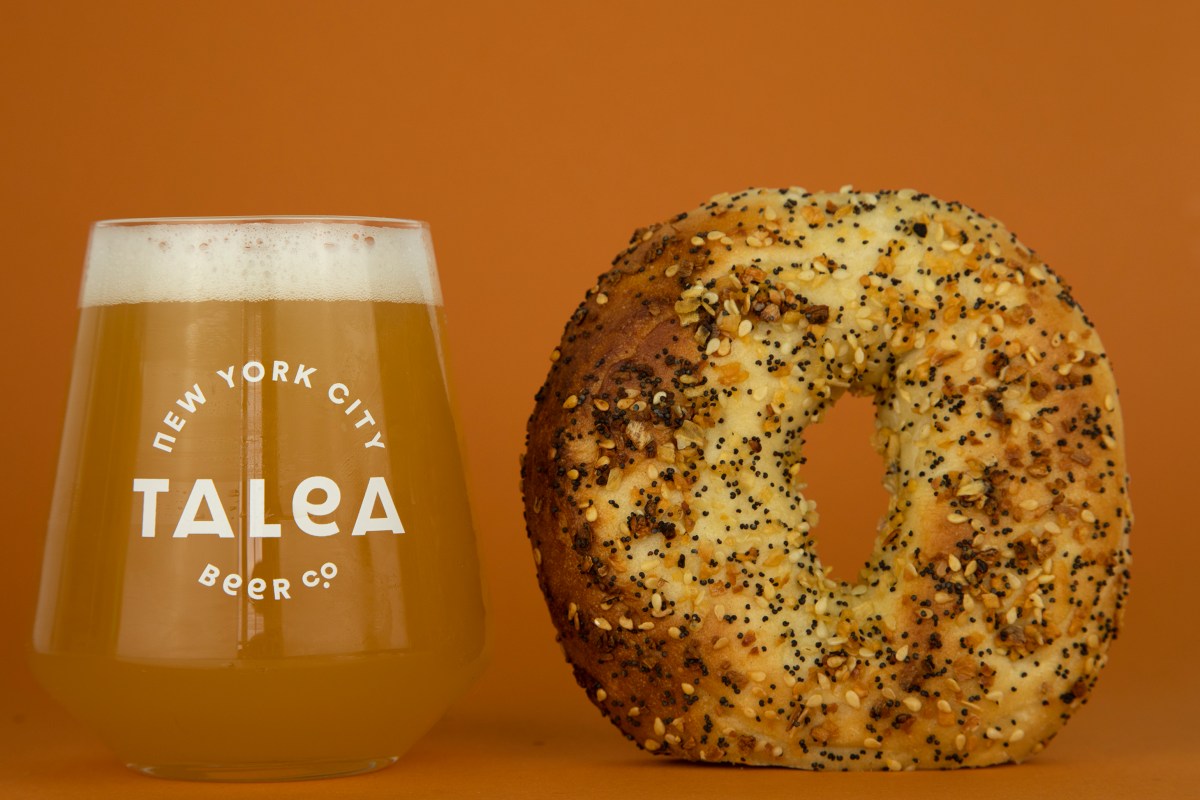COMMUNITY
BY KURT CAVANAUGH | Few places boast the cultural, historical, and architectural significance of the Lower East Side. The tenement buildings, grand places of worship, school buildings and narrow streets were home to hundreds of thousands of immigrants in the 18th, 19th and early 20th centuries. In 2000, the neighborhood was placed on the State and National Registers of Historic Places.
Despite its inclusion on the registers, and a 2008 rezoning of the neighborhood, the Lower East Side is rapidly changing. The only guaranteed protection against inappropriate alteration or demolition is historic district or individual landmark designation by New York City’s Landmarks Preservation Commission and subsequent City Council approval. Acknowledging that the neighborhood is under constant threat of overactive real estate speculation, the National Trust for Historic Preservation named the Lower East Side to its “11 Most Endangered Historic Places” in 2008.
Our organization, the East Village Community Coalition (E.V.C.C.), works to support and sustain the architectural and cultural heritage of the East Village/Lower East Side. Along with other neighborhood organizations, concerned neighbors and Community Board 3, we have been working toward designation of two proposed historic districts in the neighborhood. One district is the northern boundary of Tompkins Square Park along E. 10th St. between Avenues A and B. The other, much larger, proposed district includes about 300 buildings and extends from E. Second St. to E. Seventh St., from Second Ave. to Avenue A.
These proposed districts are calendared for a hearing at the L.P.C. but no hearing date is set. Until these proposed districts are approved by the City Council, the Lower East Side is at risk of losing more of its historic buildings.
In addition to our dedication to historic preservation, E.V.C.C. is committed to making the neighborhood safe and sustainable by collaborating with community organizations to address unsafe conditions for pedestrians, bicyclists and drivers. We are partnering with Local Spokes, a coalition of organizations from the Lower East Side and Chinatown, and will host a neighborhood visioning exercise to address areas of concern. We have fought for and won pedestrian and bicycling improvements on First and Second Aves., as well as Avenues A and C, but we continue to demand attention be focused on the most dangerous intersection for bicyclists (Bowery at East Houston St.) and fourth most dangerous for pedestrians (Essex and Delancey Sts.) in all of New York City.
Lastly, with the holidays approaching, E.V.C.C. encourages support for our local merchants. According to several studies, neighborhoods retain a much higher percentage of money spent in local shops than money that is spent at national chains and franchises. You can find our recently released fifth edition of the “Get Local Guide to East Village Shops” — which lists 400-plus local businesses — in cafes and stores, as well as on our Web site, www.evccnyc.org. Utilize the Guide, support your neighbors, and help preserve the historic streetscape and unique culture of the East Village and Lower East Side.
Cavanaugh is managing director, East Village Community Coalition




















